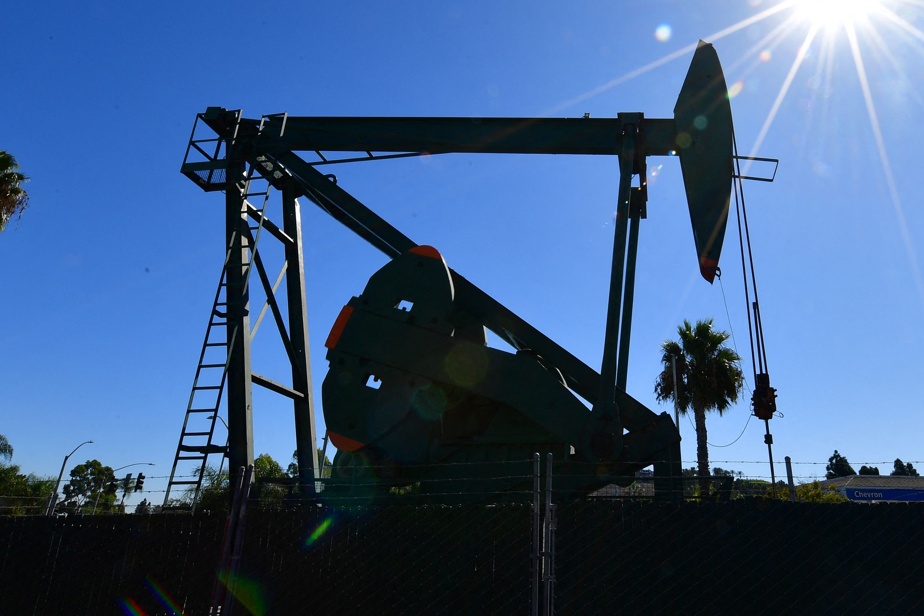(New York) Oil prices fell significantly on Thursday, the market ignoring a possible extension of production cuts by the OPEC+ group in 2025, because supply remains abundant.
The price of a barrel of Brent from the North Sea for delivery in July dropped 2.08%, to close at $81.86.
A barrel of American West Texas Intermediate (WTI) of the same maturity lost 1.66%, to $77.91.
Oscillating around the equilibrium at the start of the session, black gold slipped after the publication of the weekly report from the American Energy Information Agency (EIA).
The main figure from the EIA was the decrease of 4.1 million barrels in crude oil inventories over the week, while analysts expected, on average, a more limited drop of 1.15 million barrels, according to a consensus established by the Bloomberg agency.
But, according to John Kilduff of Again Capital, operators then “looked in more detail” at the document and realized that gasoline stocks had swelled by two million barrels, while the market was counting on a reduction of 1.5 million.
This gap is attributable to the ramp-up of American refineries, whose capacities were used at 94.3%, compared to only 91.7%, a first in more than nine months.
Given this acceleration, “crude stocks have not decreased much,” considers John Kilduff.
The increase in stocks of gasoline, now 5.9% higher than their level last year at the same time, but also of distilled products, including diesel, gives credence to the idea of a plethoric supply .
It complicates the task of the Organization of the Petroleum Exporting Countries (OPEC) and its allies in the OPEC + agreement, who are holding a meeting on Sunday to define their production levels for the coming months.
According to the Reuters agency, the cartel could extend into 2025 part of the cuts to which it committed last year, to the tune of 3.66 million barrels per day, and which were theoretically due to expire at the end of the year. ‘year.
At the same time, OPEC+ would maintain, in the second half of 2024, other reductions, i.e. 2.2 million barrels, initially announced in November.
“This provides support to the market, but it is not enough to bring WTI above $80 and Brent above $90,” said John Kilduff.
The market also noted the downward revision of the US growth estimate for the first quarter, now estimated at 1.3% at an annualized rate, compared to 1.6% initially.
The figure confirms a slowdown in economic activity and consumption in the United States, which bodes poorly for demand.
